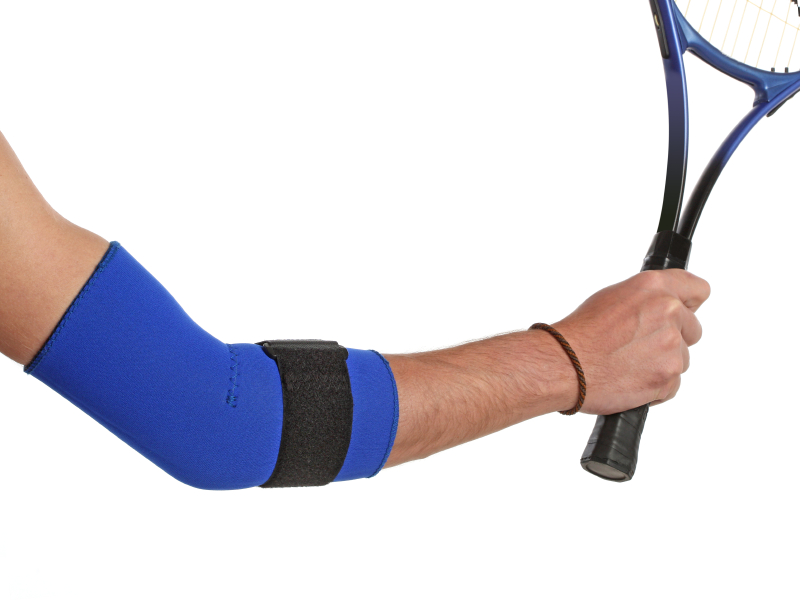If you’ve ever experienced either of these two sport injuries you understand the pain they inflict but also the disruption they cause to your life; simple tasks suddenly become overwhelmingly difficult to complete. In addition to new pain, the game that you so love is now associated with discomfort – it’s a bad situation that is common for active people over 35.
The difference between Tennis and Golf Elbow
Golfer’s Elbow (medial epicondylitis) is a type of tendonitis that causes pain on the inside of the elbow. It occurs where the tendons of the forearm muscles attach to the bony area. This pain travels to your forearm and wrist and is characterized by stiffness, tenderness, weakness, and even tingling; this pain can either emerge suddenly or develop over time.
Tennis Elbow (Lateral epicondylitis) is also a type of tendonitis but it causes pain on the outside of the elbow. This can be caused by either sudden or subtle damage to the area, but most often from repetitive use of the wrist. Symptoms for this feel like pain increasing to the outer elbow and is often made worse by continued use of your wrists and fingers. Pain, such as stiffness and aching, make it similar to golf elbow.
50% of tennis players get Tennis Elbow, but these injuries do not develop only in athletes; landscapers, guitarists and even sewers are commonly diagnosed with these forms of tendonitis. Anyone using their wrists and clenching their fingers in a repetitive motion for long periods of time can find themselves with this condition.
Often people don’t treat them as serious as more intense traumatic sports injuries, but they can develop into serious conditions that require surgery. If you can’t bend your elbow, it is inflamed, or even deformed, then you must see a doctor. It’s hard to externally test for these conditions, but doctors can diagnose you with the symptoms described. If this is impacting your daily activity then that is a big reason to seek professional help.
Pain Relief Options
Golf and Tennis Elbow are painful injuries but there are ways to combat the discomfort. First you need to acknowledge the problem and seek treatment; the longer you wait, the longer the recovery period will be. Working with a physical or occupational therapist is critical to your recovery. It is through strengthening the softened or weak muscles that you’ll not just recover the injured area but also prevent further damage. Also, be wary about ending a treatment plan too early as it increases the chance of re-injury to the tendon.
Because elbows are a part of the body, we’re all interested in why we are prone to these injuries. Treatments for tennis and golf elbow include physical therapy/stretching, lots of rest & ice, over-the-counter anti-inflammatory, and arm braces/splints. If the pain is not getting better with those common treatments, cortisone shots and even surgery is an option. Another big aid to reducing inflammation is a cleaner diet. Avoiding certain things, like sugar and dairy intake is a great start.
When playing tennis or golf, be hyper-aware of your technique and use proper equipment. Continued stretching before playing and strength training is your best bet for prevention. Prevention of these conditions resurfacing is done by proper stretching and warm up. With rest and appropriate treatment, you can slowly get back into the swing of things.
Technology has increasingly been updated to help cope with these traditional painful conditions. Web apps can provide a solution to your tennis and golf elbow, providing patients a guided therapy experience with animated graphics and performance tracking. The PT and OT Helper app is a resource that can help measure and monitor this condition.


Trackbacks/Pingbacks